From July 1, the administrative map of the South officially marked a historic event: Ho Chi Minh City , Binh Duong and Ba Ria - Vung Tau merged, forming a new "super city" with the role of economic coordination center for the whole region.
Before the merger, each locality was an important growth pole. Ho Chi Minh City is the economic locomotive of the country; Binh Duong stands out with its modern industrial park system, strongly attracting FDI capital; Ba Ria - Vung Tau holds a strategic position thanks to its deep-water seaport and oil and gas industry.

Mr. Vo Huynh Tuan Kiet, Director of Housing Department, CBRE Vietnam.
These three "pieces" form a giant economic and urban space. The new Ho Chi Minh City after the arrangement and merger has an area of over 6,700km2, a population of nearly 14 million people, becoming the new megacity of the region and the whole country. This is a historic turning point, bringing this megacity into a period of development with unprecedented scale and stature, at the same time opening a strong restructuring cycle of the real estate market.
This resonance helps optimize infrastructure, human resources and finance, turning the merged urban area into a "capital attraction machine" for investment in the whole country. Many experts believe that the merger will be a catalyst for the formation of super infrastructure and real estate projects of unprecedented scale in Vietnam.
Experts say that the key factor determining the potential breakthrough of the new “super city” is infrastructure. The merger is expected to create a strong push, promoting a series of strategic projects such as Ring Roads 3 and 4 to help strengthen inter-provincial connectivity, reduce pressure on inner-city traffic and open up new land for development .
In addition, the Bien Hoa - Vung Tau, City expressways Ho Chi Minh City – Moc Bai, City Ho Chi Minh City - Chon Thanh opens the door to trade with the Central Highlands and border areas; the Cai Mep - Thi Vai port system combined with Saigon port enhances logistics capacity, creating a big boost for industrial real estate; and especially Long Thanh airport, when phase 1 is completed, is expected to welcome 25 million passengers per year, becoming a magnet attracting investment, services and residents for the entire region.
When regional infrastructure is synchronized, not only will real estate value increase but liquidity will also improve significantly. This unified urban area can become the leading logistics and commercial center in the region, leading to a sharp increase in demand for housing, work, and recreation.
Director of CBRE Vietnam's Housing Department Vo Huynh Tuan Kiet commented that the new megacity not only creates a giant real estate market but also reshapes the real estate development trend of the entire region.
Mr. Kiet said that after the merger, the wave of population dispersion and population migration increased strongly, promoting the formation of integrated metropolises, green - smart real estate, branded products and complex urban areas. This wave of development not only meets the demand for population dispersion from the center but also strongly attracts domestic and foreign investment capital flows into the new Ho Chi Minh City.
Source: https://doanhnghiepvn.vn/kinh-te/sieu-do-thi-14-trieu-dan-hinh-thanh-thi-truong-bat-dong-san-phia-nam-cat-canh/20250822031049491



![[Photo] President Luong Cuong attends special political-artistic television show "Golden Opportunity"](https://vphoto.vietnam.vn/thumb/1200x675/vietnam/resource/IMAGE/2025/8/22/44ca13c28fa7476796f9aa3618ff74c4)
![[Photo] President Luong Cuong receives delegation of the Youth Committee of the Liberal Democratic Party of Japan](https://vphoto.vietnam.vn/thumb/1200x675/vietnam/resource/IMAGE/2025/8/22/2632d7f5cf4f4a8e90ce5f5e1989194a)
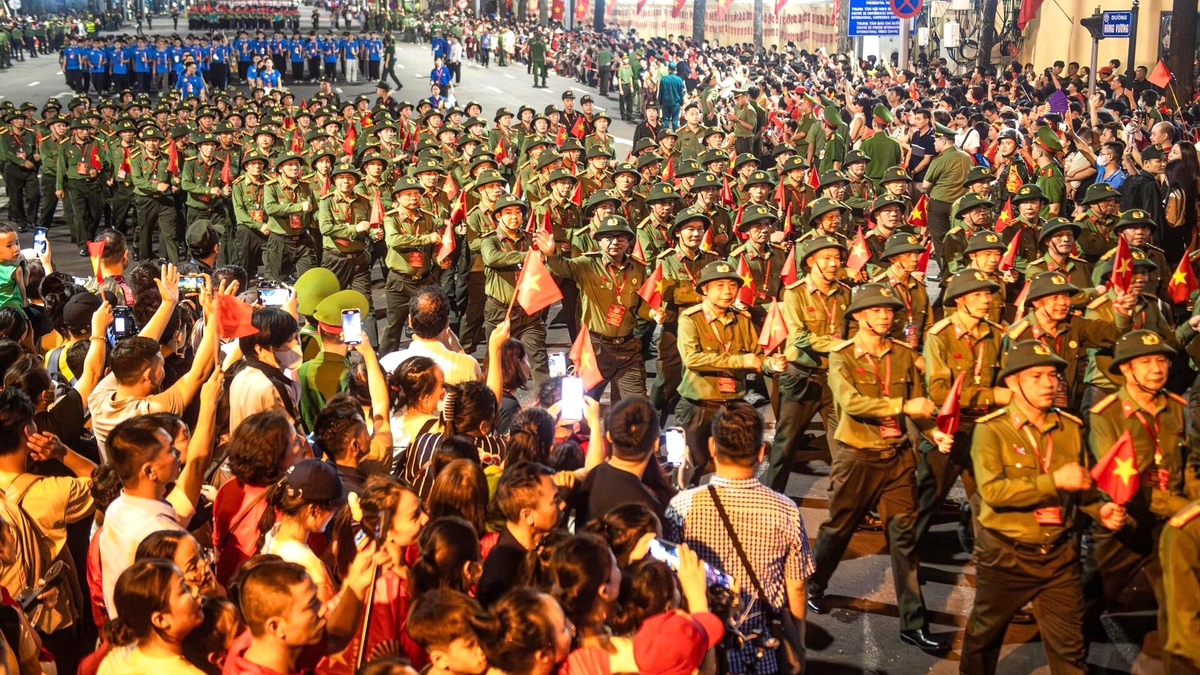

![[Photo] Prime Minister Pham Minh Chinh chairs the conference to review the 2024-2025 school year and deploy tasks for the 2025-2026 school year.](https://vphoto.vietnam.vn/thumb/1200x675/vietnam/resource/IMAGE/2025/8/22/2ca5ed79ce6a46a1ac7706a42cefafae)

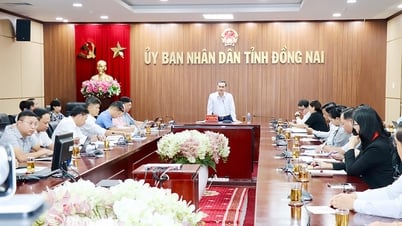







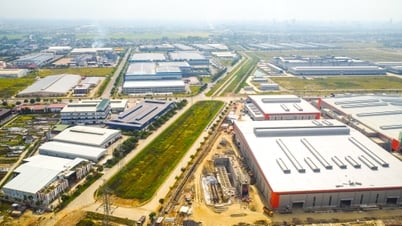

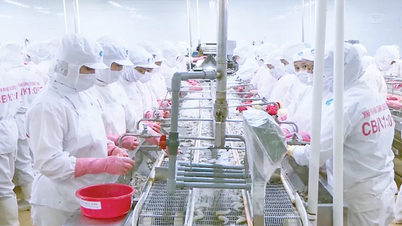


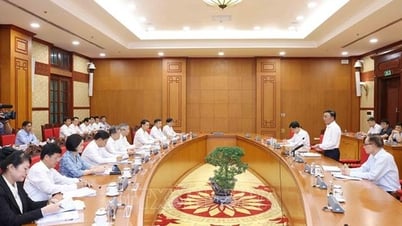
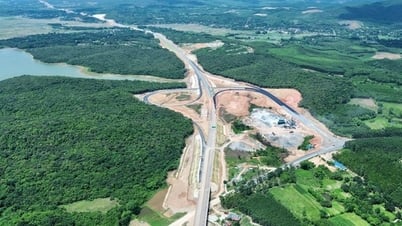


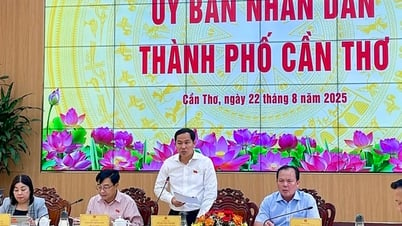








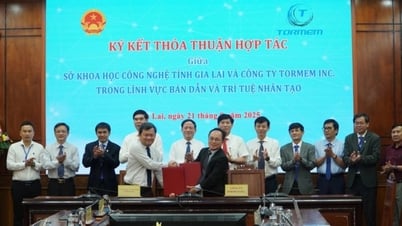








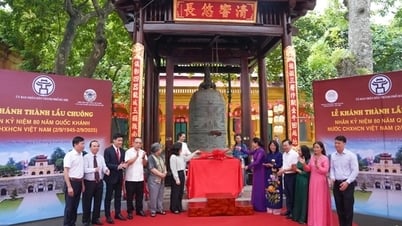





















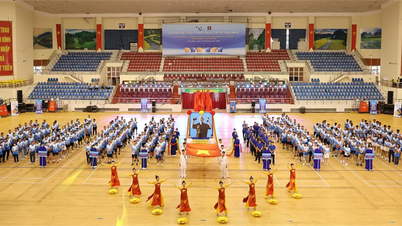

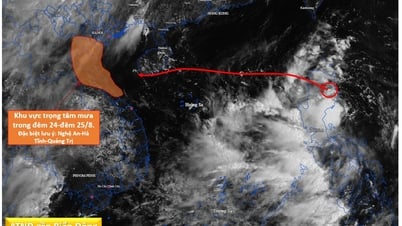





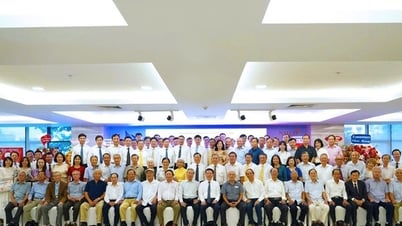

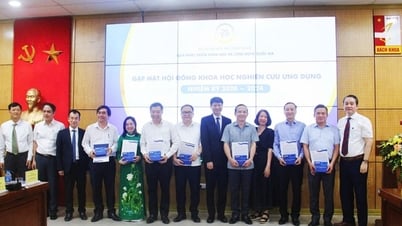
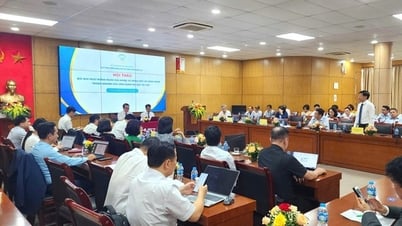


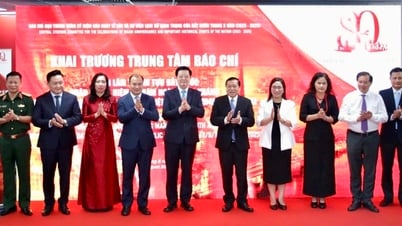





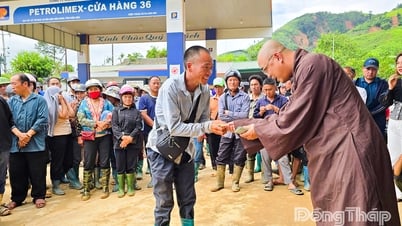

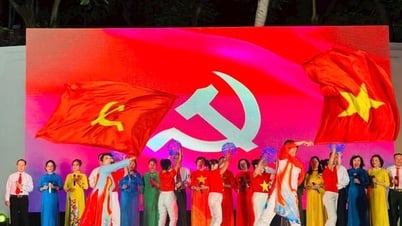
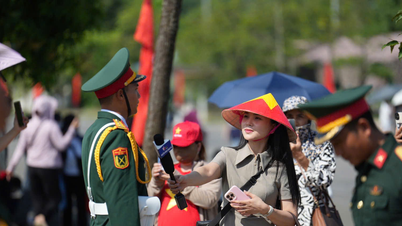
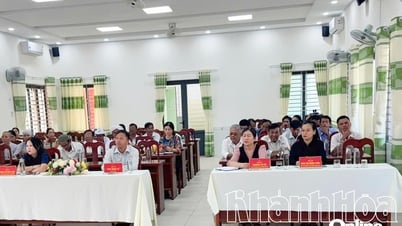
















Comment (0)